State of use of AI tax systems
The first reports of machine-learning algorithms used by the tax administration of the Republic of Lithuania date to 2019.
Systematic review of publicly-available sources reveals only a few AI systems used by the Lithuanian tax administration.
What functions are performed with AI?
Based on publicly available data, the sole function performed by tax machine-learning algorithm is:
- External risk-management (risk-scoring): The Labour State Inspectorate in Lithuania uses a machine-learning system to tackle undeclared work. The tool is used to score and rank taxpayers, in accordance with a colour code from green to red and predict which economic entities should be controlled. The system is reportedly similar to the ESCORT predictive model integrated by the Latvian tax administration (see Country Report).
What data can be processed by these systems?
The model uses both internal data from the State Labour Inspectorate, the Financial Administration (taxpayer data, VAT data, CIT, social security) and external data from other administrative or governmental bodies, such as the SLI Information System, the e-service for employers, the register of legal entities, the Inter-institutional data system (TDS), Board of State Social Security Fund or the State Tax Inspectorate.
Are these systems regulated by specific norms?
The model is not regulated by specific ad hoc legal norms.


